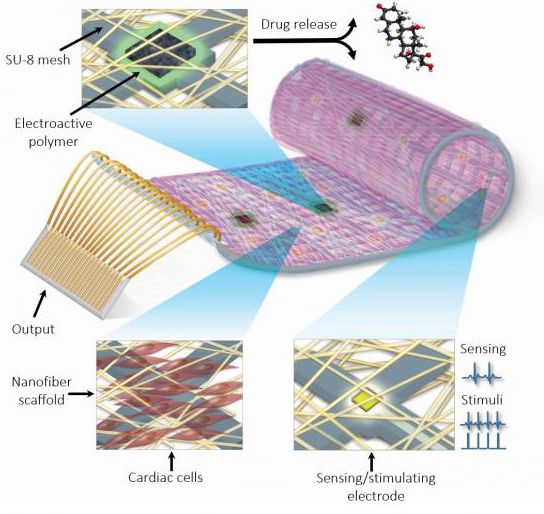Another data scientist with pragmatic thinking which is badly needed today. Keeping it real with Una-May O’Reilly.
Mumbai: Una-May O’Reilly, principal research scientist at Anyscale Learning For All (ALFA) group at the Massachusetts Institute of Technology Computer Science and Artificial Intelligence Laboratory, has expertise in scalable machine learning, evolutionary algorithms, and frameworks for large-scale, automated knowledge mining, prediction and analytics. O’Reilly is one of the keynote speakers at the two-day EmTech India 2016 event, to be held in New Delhi on 18 March.
In an email interview, she spoke, among other things, about how machine learning underpins data-driven artificial intelligence (AI), giving the ability to predict complex events from predictive cues within streams of data. Edited excerpts:
When you say that the ALFA group aims at solving the most challenging Big Data problems—questions that go beyond the scope of typical analytics—what do you exactly mean?
Typical analytics visualize and retrieve direct information in the data. This can be very helpful. Visualizations allow one to discern relationships and correlations, for example. Graphs and charts plotting trends and comparing segments are informative. Beyond its value for typical analytics, one should also be aware that the data has latent (that is, hidden) predictive power. By using historical examples, machine learning makes it possible to build predictive models from data. What segments are likely to spend next month? Which students are likely to drop out? Which patient may suffer an acute health episode? Predictive models of this sort rely upon historical data and are vital. Predictive analytics is new, exciting and what my group aims to enable technologically.
Read more









